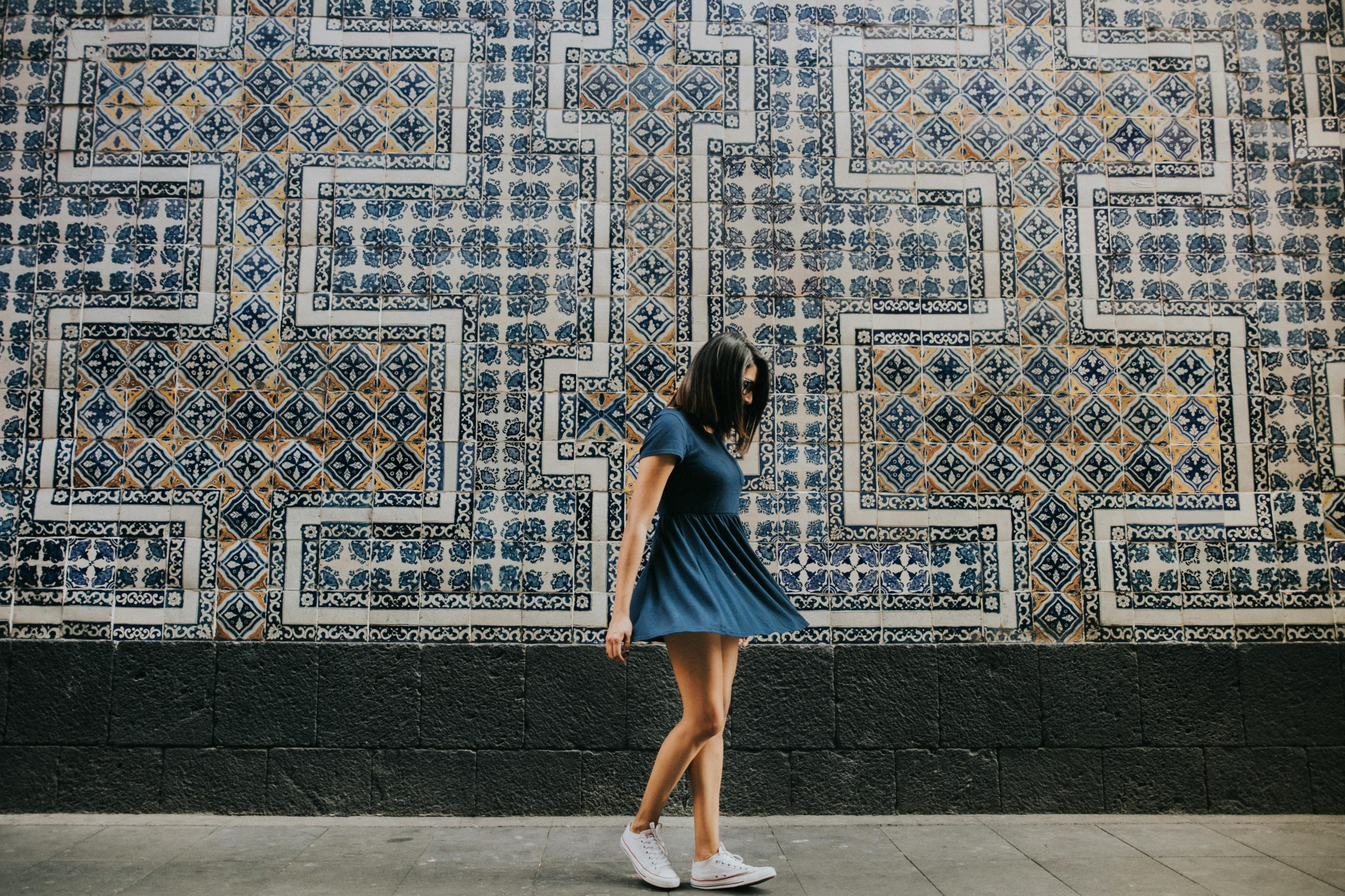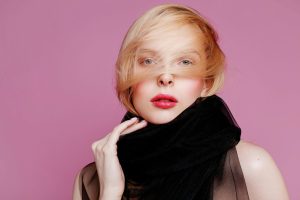The Influence of Art Movements on Fashion Design
Art and fashion have always had a close relationship, with artists and designers often drawing inspiration from each other’s work. Throughout history, different art movements have had a significant influence on the world of fashion. With each new movement, fashion designers have embraced the artistic styles and themes, incorporating them into their designs. From the vibrant colors of Impressionism to the bold geometric shapes of Pop Art, art movements have shaped and transformed fashion design. In this article, we will explore how various art movements have influenced and shaped the world of fashion.
The Influence of Impressionism
Impressionism was a 19th-century art movement that focused on capturing fleeting moments and the effects of light on objects. This movement, with its emphasis on bright and vibrant colors, had a significant influence on the world of fashion. Fashion designers were inspired by the Impressionist artworks’ lively and vivid colors and used them in their designs, creating garments that were both bold and beautiful.
The Rise of Pastels
One of the most significant impacts of Impressionism on fashion was the popularity of pastel colors such as soft pinks, blues, and greens. The delicate and airy feel of these colors perfectly captured the essence of Impressionism and became a major trend in fashion. Pastels were used in everything from dresses to accessories, bringing a soft and feminine touch to fashion design.
The Floral Print Trend
Impressionism also had a significant impact on the use of floral prints in fashion. The movement’s focus on nature and outdoor landscapes inspired fashion designers to incorporate floral motifs into their designs. Dresses, tops, and even accessories were adorned with beautiful, colorful floral prints, a trend that is still popular today.
The Influence of Art Deco
Art Deco was an art movement that emerged in the 1920s and was characterized by its geometric shapes, bold colors, and lavish patterns. This movement’s influence on fashion was undeniable, with designers incorporating Art Deco elements into their designs, leading to the creation of some of the most iconic fashion looks of the era.
The Introduction of Bold Prints
Art Deco inspired a move away from the delicate, pastel prints of the previous era and introduced bold and daring prints into fashion. These prints included geometric shapes, zigzags, and lavish patterns, adding a touch of opulence and glamour to fashion design.
The Emergence of the “Flapper” Style
One of the most iconic fashion trends of the 1920s was the emergence of the “flapper” style, heavily influenced by Art Deco. This style featured short skirts, dropped waists, and loose, flowing silhouettes, representing the move away from traditional, restrictive clothing. The use of Art Deco elements, such as bold patterns and geometric shapes, added a modern and sophisticated touch to the flapper style.
The Influence of Pop Art
The Pop Art movement, which emerged in the 1950s, was characterized by its use of bold colors and popular culture imagery. This movement had a significant impact on fashion design, with designers embracing the bold and vibrant colors and incorporating them into their designs.
The Use of Bold and Bright Colors
The most apparent influence of Pop Art on fashion was the use of bold and bright colors. Fashion designers incorporated these eye-catching colors into their designs, creating garments that were fun, playful, and truly representative of the Pop Art movement.
The Introduction of Bold Prints and Patterns
Pop Art’s focus on popular culture imagery inspired fashion designers to incorporate bold and playful prints and patterns into their designs. These prints were often inspired by popular icons such as comic books, advertisements, and consumer products, making fashion fun and accessible for everyone.
In conclusion, art movements have had a significant influence on fashion design throughout history. From Impressionism’s vibrant colors to Art Deco’s bold patterns and Pop Art’s playful imagery, fashion designers have embraced the artistic styles of each era, creating innovative and timeless fashion looks. As art movements continue to evolve, we can be sure that they will continue to inspire and shape the world of fashion for years to come.











